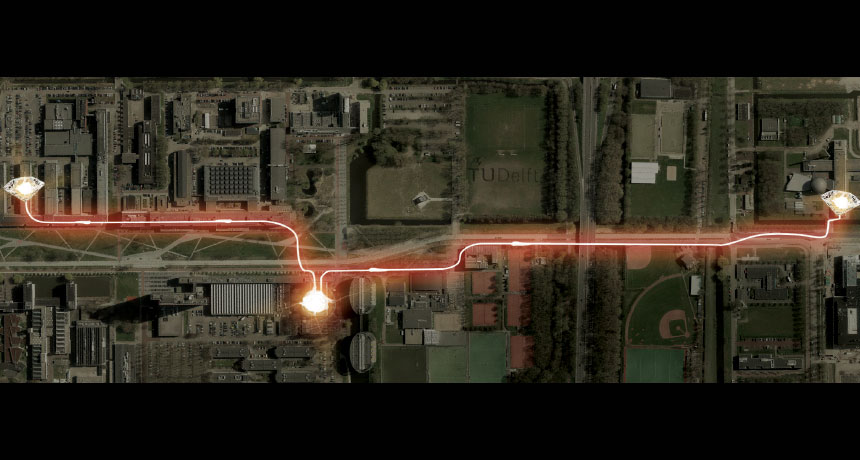Year in review: Quantum spookiness is real
Experiments close entanglement loopholes

Physicists in the Netherlands performed quantum entanglement experiments using electrons in diamonds located at labs (left and right of aerial photo) far enough apart to confirm that no hidden signal could be influencing the results.
Slagboom en Peeters Luchtfotografie BV







